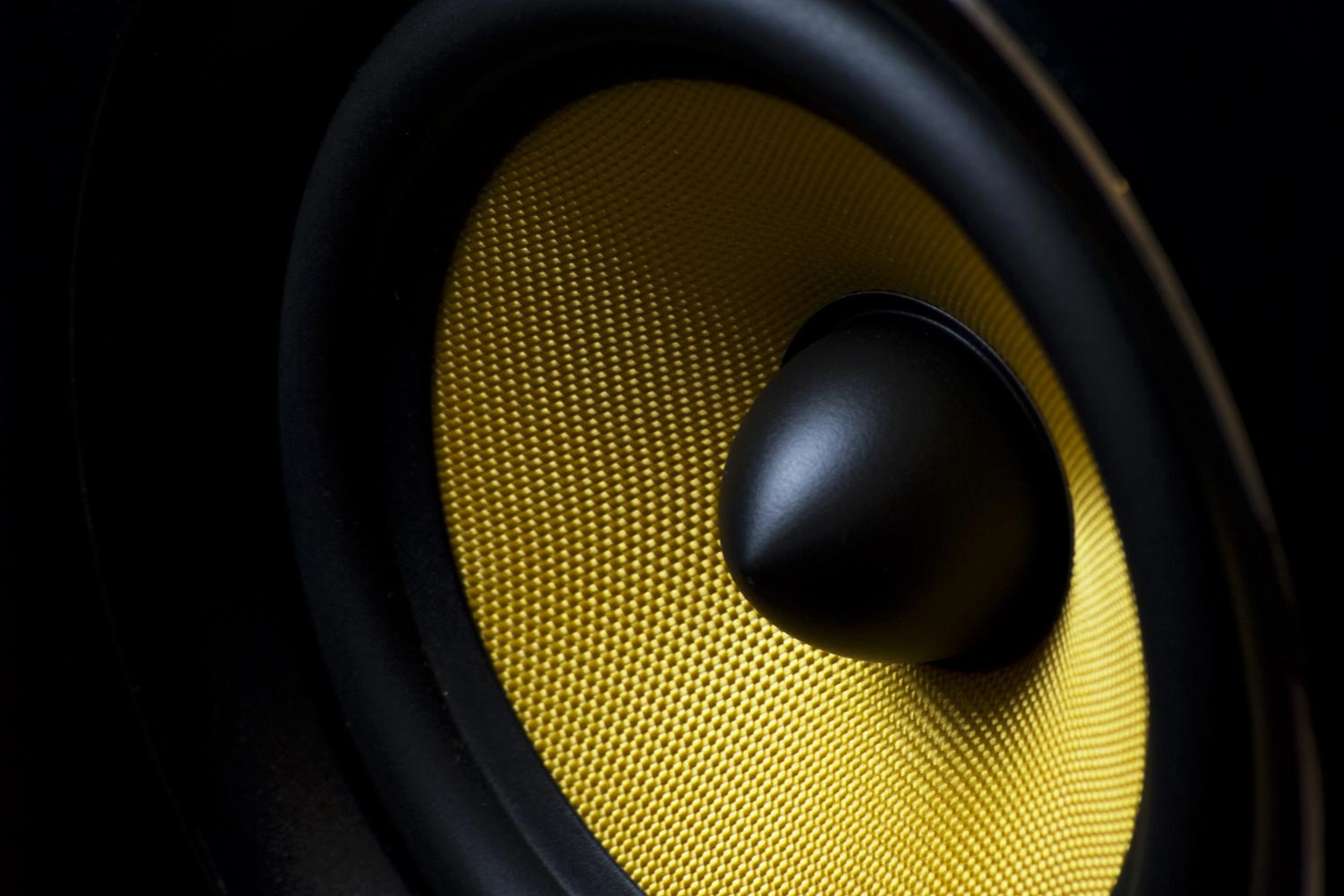Even with a bare instrument into a DI box you have the FR of the pickups themselves - any device that depends on a conductor moving through a magnetic field needs AC input (literally, movement) and will have low frequency rolloff. Popular transformer-coupled DI boxes also have a low frequency rolloff - again, DC doesn't go through a magnetically coupled coil.
Well, yes, there's what I noted...if there's rolloff without a cabinet, it's built in to the pickups (plus whatever might be added in the downstream signal chain)
Now, tell me what bass rolloff I can typically expect, from, say, a stock Fender Jazz neck pickup.
Last edited:

